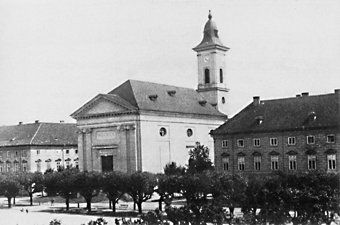© Idea, Concept, Text und Images
Hannelore Brenner-Wonschick, Berlin, 2004/2023
Collaborator, supporter in 2004:
Benedikt Burkhard, Frankfurt a.M.
Graphic design
Renate Schlicht and Walter Hagenow, Wiesbaden
Rights and Management
Hannelore Brenner/ Room 28 Projects
The organisation of the exhibition is done in cooperation with Room 28 e.V.
Contact: Hannelore Brenner
Telefon: +49 (0)30 691 83 95
Image: First Panel of the exhibition







